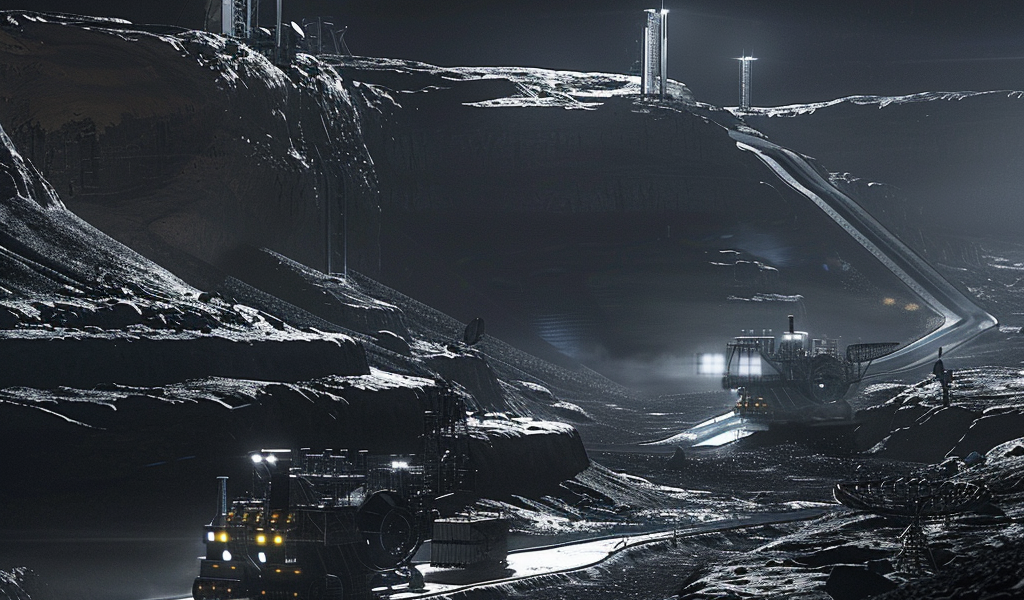Mining helium-3 on the Moon has long been a topic of discussion, and now a new company is set to make it a reality. Interlune, founded by former Blue Origin employees Rob Meyerson and Gary Lai, aims to extract helium-3 from the lunar surface, bring it back to Earth, and sell it for various applications.
Operating in stealth since its establishment in 2022, Interlune recently announced that it has raised $15 million in funding, in addition to previous angel investments. This development is significant as it marks a potential shift in the space industry. While many companies have focused on providing services or resources to government agencies like NASA, Interlune’s plan to derive value from lunar resources could pave the way for a new era of wealth creation in space.
However, several challenges lie ahead for Interlune. The company must devise a method to extract helium-3 from the lunar regolith, the surface material of the Moon, and then find a way to transport it back to Earth. Additionally, it needs to demonstrate a sustained market demand for helium-3 on Earth to ensure the success of its business.
Despite these obstacles, Rob Meyerson is optimistic about the timing of their venture, citing NASA’s significant investment in the Artemis Program, which aims to return humans to the Moon. Meyerson believes that the current environment provides an opportunity to capitalize on the transportation and infrastructure being developed for lunar exploration.
Helium-3, a stable isotope of helium, is highly valued due to its scarcity on Earth. It is produced by fusion in the Sun and carried by the Solar wind, but Earth’s magnetosphere deflects these particles away from the planet. As a result, helium-3 does not occur naturally on Earth, making it a sought-after resource for various applications.
With the potential for a new lunar economy on the horizon, Interlune’s ambitious plans to mine helium-3 could mark a significant turning point in the future of space exploration and resource utilization.





